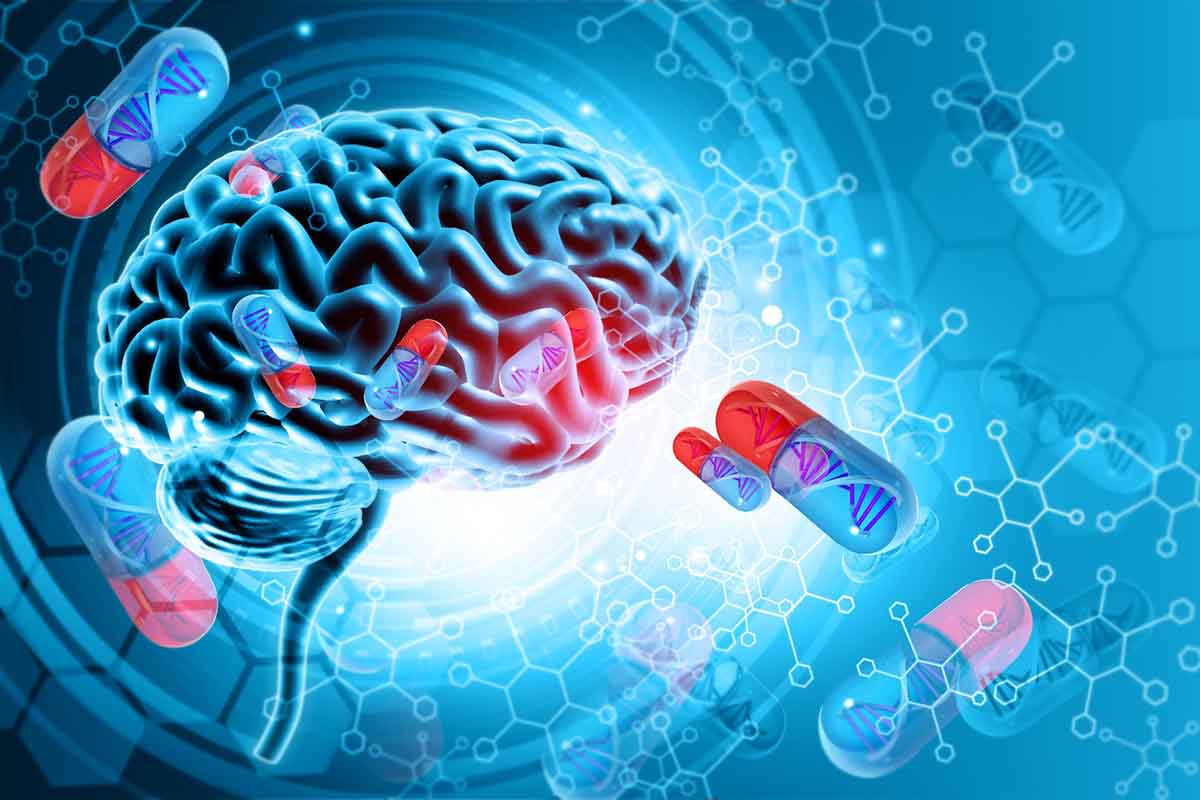Objective: Ziprasidone, an atypical antipsychotic, is a potent dopamine (D2) and serotonin (5-HT2A/C) receptor blocker, has agonistic properties at the 5-HT1A receptor, and blocks serotonin and norepinephrine reuptake. These transmitter systems are closely related to the regulation of sleep.
Method: The aim of this double-blind, placebo-controlled, randomized, crossover study was to investigate the effects of ziprasidone on polysomnographic sleep structure and subjective sleep quality. Twelve healthy male subjects were randomly assigned to receive ziprasidone 40 mg or placebo for 2 sessions each composed of 2 consecutive nights (night 1, standard sleep conditions; night 2, acoustic stress) 5 days apart. Treatment was administered orally 2 hours before bedtime. The study was conducted from April 2004 to July 2004.
Results: Ziprasidone significantly increased total sleep time, sleep efficiency, percentage of sleep stage 2, and slow wave sleep; decreased the number of awakenings; and significantly affected tonic and phasic REM sleep parameters, i.e., it decreased percentage of REM and REM density and profoundly increased REM latency.
Conclusion: Ziprasidone’s effects on the sleep profile are somehow opposite to what is known about sleep of depressed patients (e.g., disturbances of sleep continuity, a reduciton of slow wave sleep, and a disinhibition of REM sleep). Its REM sleep-suppressing properties resemble those of most, although not all, antidepressants and may be clinically relevant. The drug also demonstrates sleep-consolidating properties under both standard routine and acoustic stress conditions. These effects are most likely related to ziprasidone’s 5-HT2C antagonism, 5-HT1A agonism, and serotonin and norepinephrine reuptake inhibition.
Please sign in or purchase this PDF for $40.00.




